How to recharge a vehicle air conditioner?The summer heat, car air conditioning if the cooling is not enough, not only affects the comfort, but also may suggest that the system is faulty. Charging the air conditioner is essentially replenishing the refrigerant, but it needs to be done scientifically. The following are detailed steps and precautions to help you safely complete the maintenance.
I. Pre-preparation: Tools and Inspection
List of tools
Air conditioning pressure gauge set (including high and low pressure gauge, refrigerant tank interface)
Refrigerant for the corresponding model (common R134a, need to check the vehicle manual)
Protective glasses and gloves
Leak detector (optional)
Safety check
Ensure that the vehicle is parked in a ventilated and cool place with the engine switched off.
Check the air conditioning system for leaks: look for oil stains on the lines (refrigerant is usually mixed with lubricant) or spray the suspected area with a leak detector. If leakage is found, it needs to be repaired before charging.
Steps for charging refrigerant
Connect the pressure gauge
Find the low-pressure valve of the air-conditioner (usually labeled with “L” or blue cap), and connect the low-pressure pipe of the pressure gauge set to it.
Note: The high pressure valve (red cap) is only used for discharging refrigerant, charging should be done through the low pressure valve.
Starting the engine and air conditioning
Turn on the engine, set the air conditioner to the coldest setting with maximum air speed and make sure the compressor starts (listen for the “click” sound in the engine compartment).
Take a pressure reading
Observe the low pressure gauge reading. For normal operation, the low pressure should be 2-3.5 bar (or refer to the vehicle manual). If the pressure is too low (e.g. below 2 bar), the refrigerant needs to be recharged.
Charging the refrigerant
Shake the refrigerant tank (to mix the liquid with the gas) and connect its connection to the pressure gauge set.
Slowly open the valve and hold the tank upside down (liquid refrigerant is easier to charge). Observe the low pressure gauge and close the valve when the pressure is close to the normal value to avoid overcharging.
Third, the effect of verification and system closing
Test refrigeration effect
Turn off the engine, wait for 5 minutes and restart, check whether the temperature at the air outlet drops significantly (normal should be less than 10℃).
If the effect does not improve, it may be necessary to troubleshoot the compressor, condenser and other components.
Environmental protection treatment
The remaining refrigerant should be sealed and stored or handed over to a professional organization for recovery, and should not be discharged directly (although R134a is less destructive to the ozone layer, it still needs to be handled in a compliant manner).
Important Notes
Avoid overcharging
Excessive refrigerant will lead to high system pressure, which may damage the compressor or piping.
Circumstances for seeking professional help
If there are leaks in the system, abnormal pressure fluctuations, or if cooling is still ineffective after charging, it is recommended to visit a service store for testing.
Older models (e.g. with R12 refrigerant) need to be handled by a professional technician due to environmental regulations.
Recommendations for regular maintenance
Check refrigerant pressure every 2-3 years, synchronized with vehicle maintenance.
Conclusion
Recharging the air conditioner of a car may seem simple, but in reality it needs to be done rigorously. The basic steps can be used to deal with temporary needs, but complex problems still need to rely on professional diagnosis. Scientific maintenance can not only extend the life of air conditioning, but also add a cool protection for your summer travel.

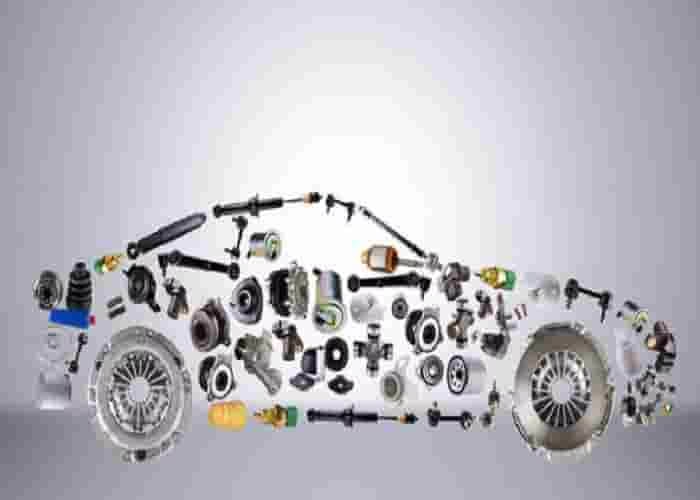





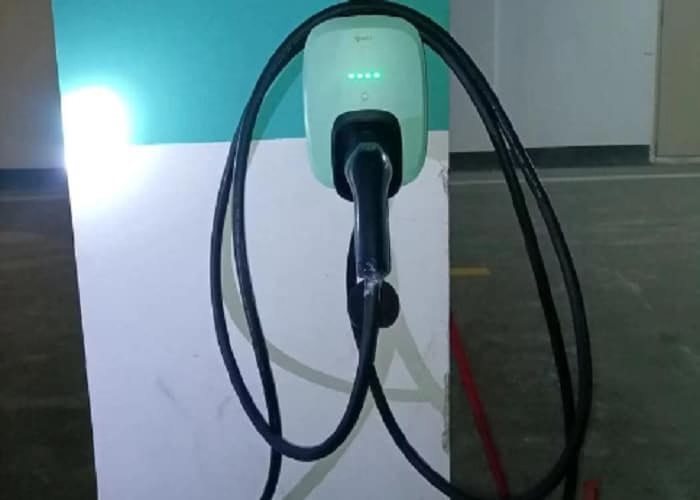
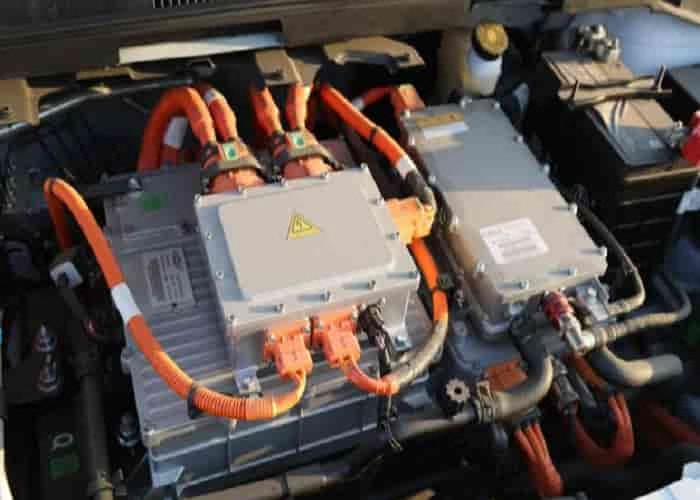
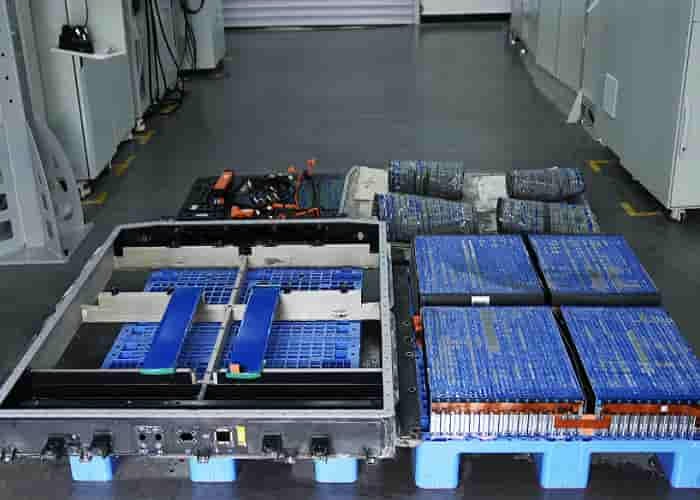
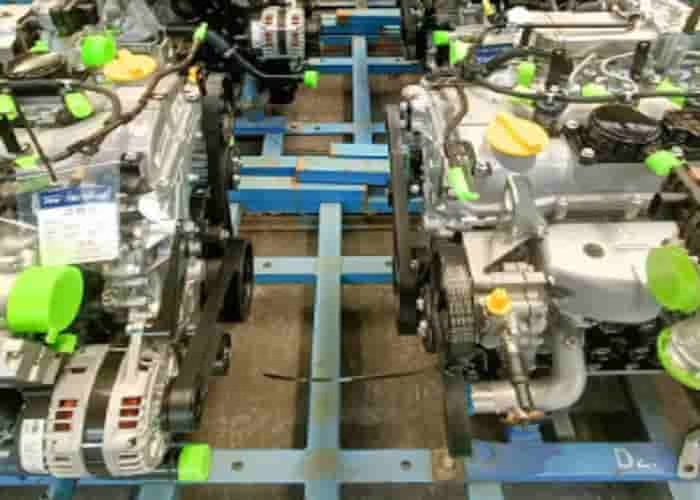

Leave a Reply